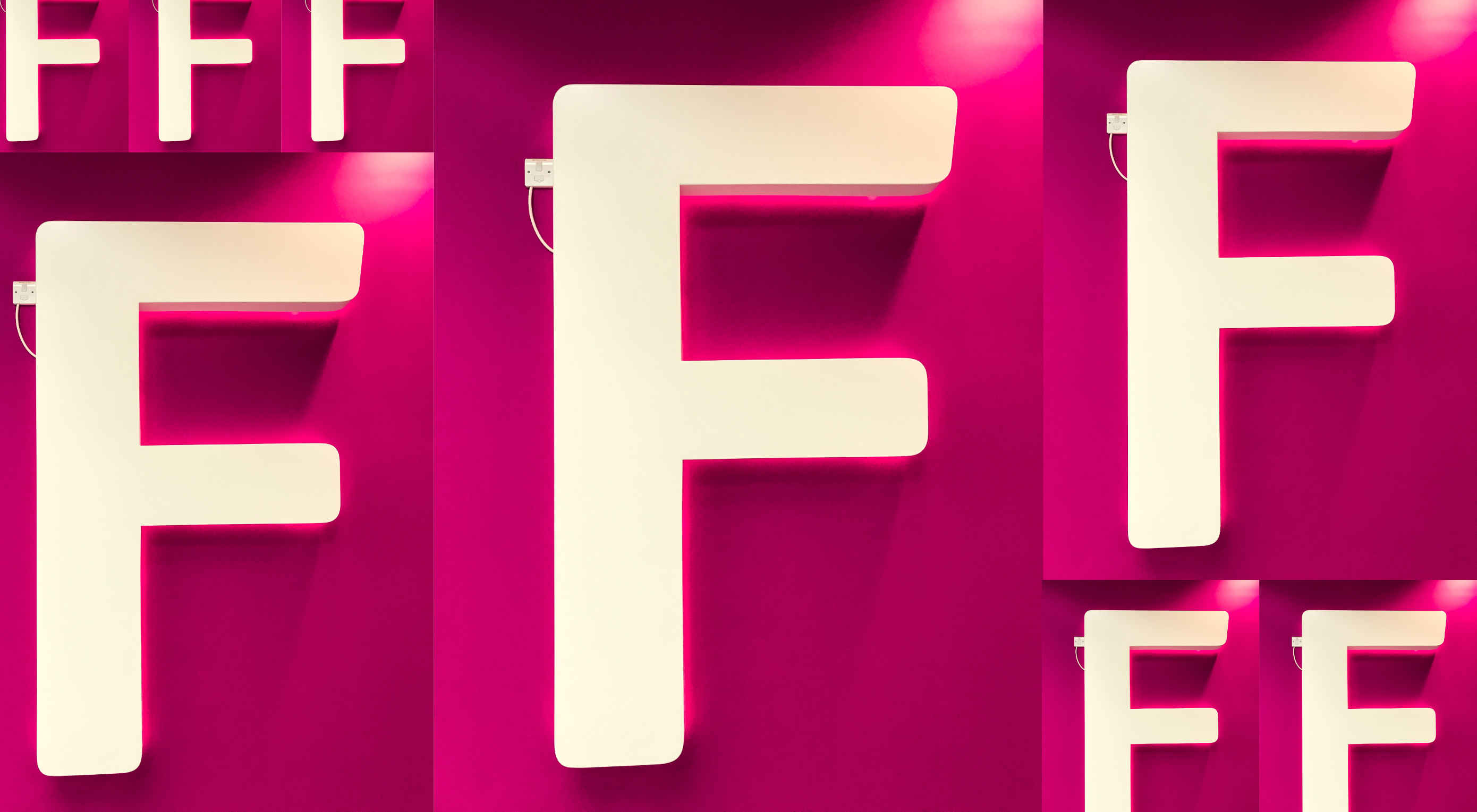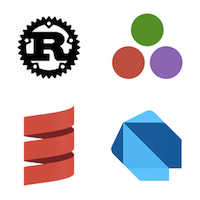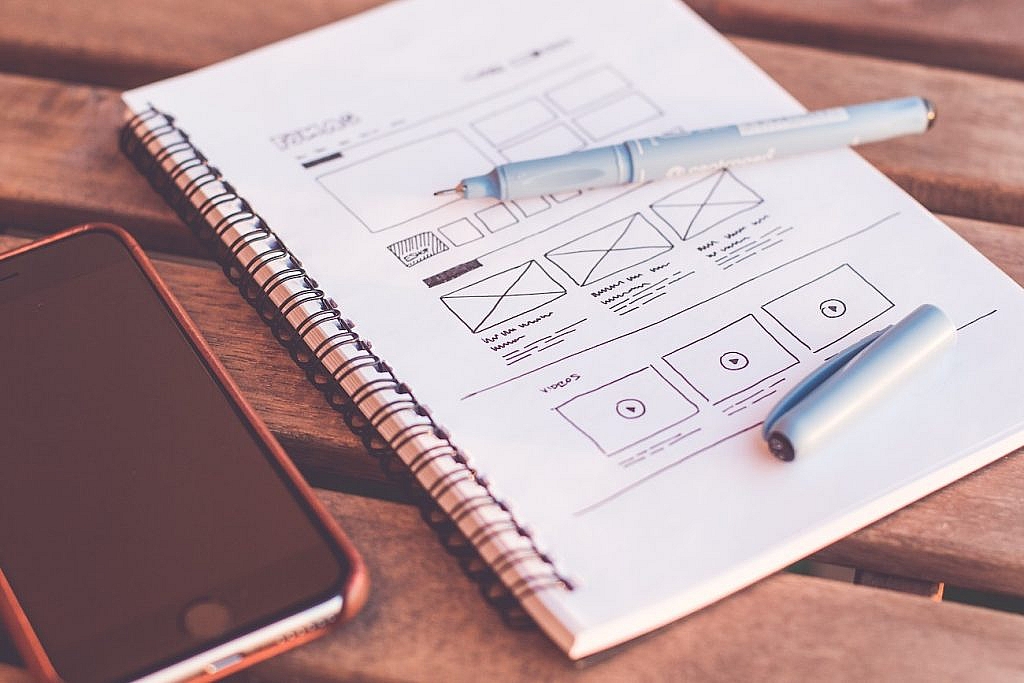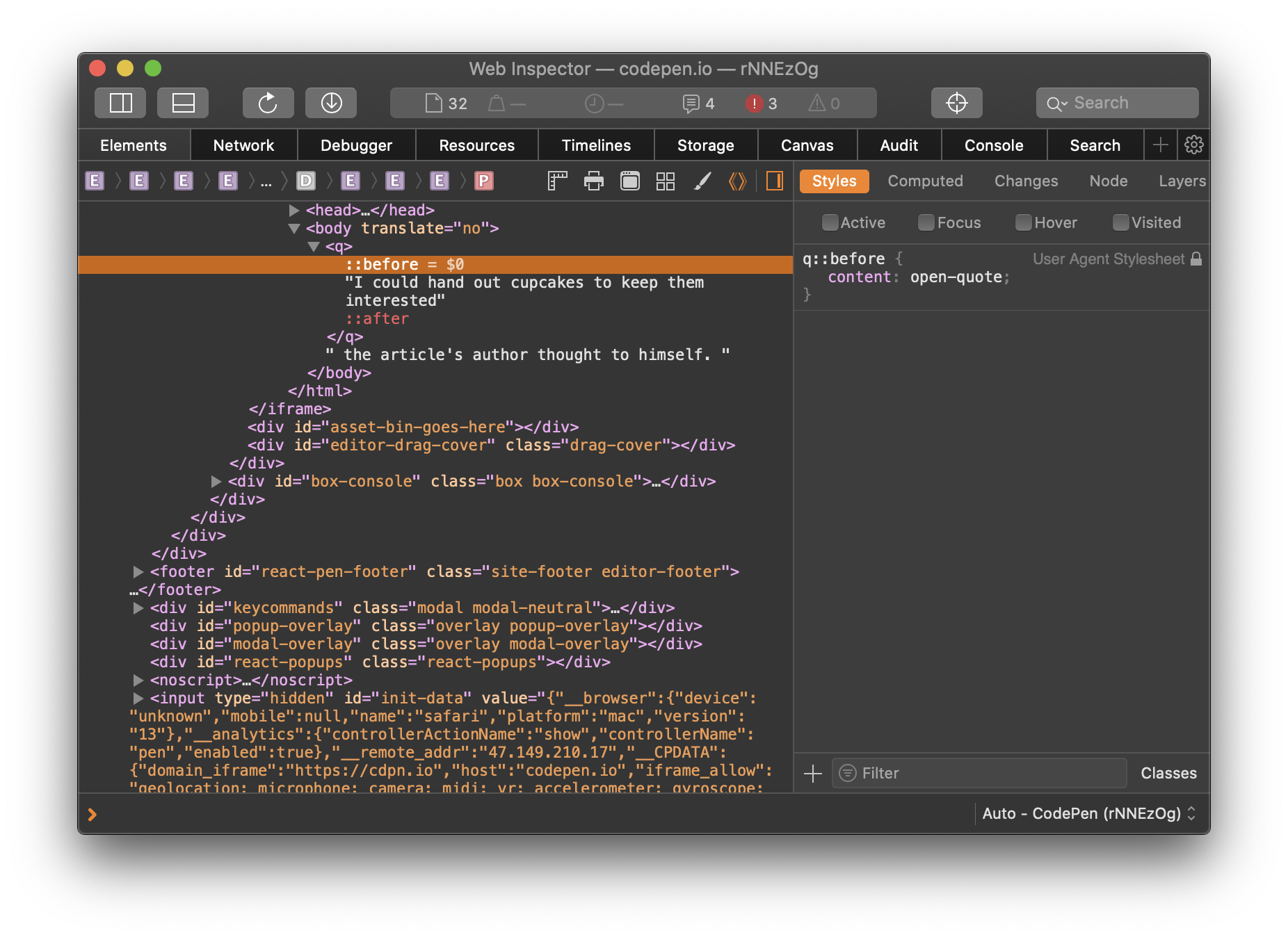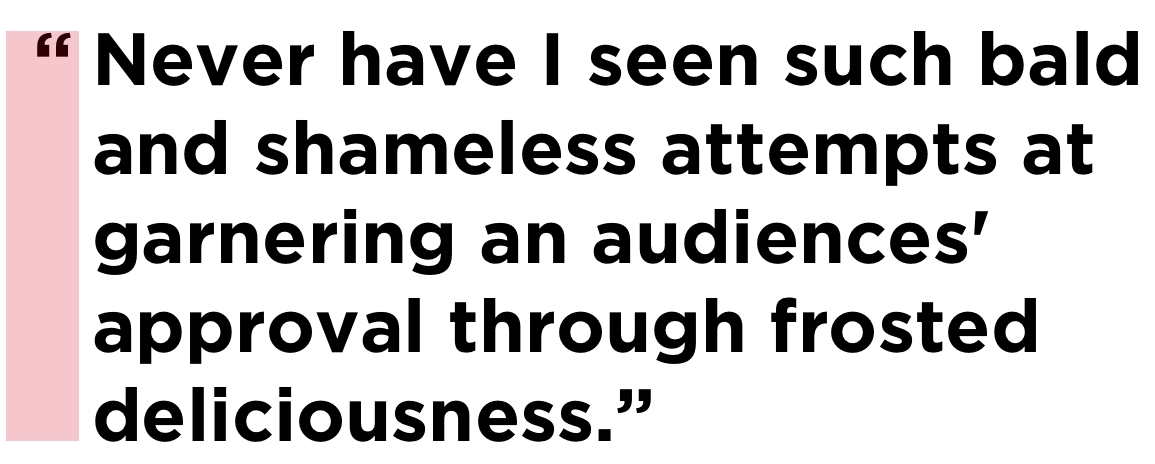How to Create eCommerce Photos on a Tight Budget?
Creating eCommerce photos professionally requires some skill and expertise that can help you keep your budget frugally organized and within your reach.
If you’re going to seek some valuable tips for capturing images for eCommerce business that will captivate customers’ attention, then we’ve gathered some tips that will be helpful for you to shoot products without spending so much.
A professional photographer always attempts to capture good photos that entice customers to go to eCommerce stores, make a desire for the products and create confidence to make a purchase. But there are secrets behind the professional photos: you probably don’t know them. Great product photos are possible using minimal photography equipment at a low investment if you have learnt the procedure. But how much will it cost to get professional eCommerce photos?
Answer to this question is very complicated and finally spoils down to this: spend as much as you can and work to get the highest result at your cost. Today I’m going to break down product photography tips on small budgets of UD$ 100, US$ 500 or US$ 1,000.
Ecommerce Product Photography for a Budget of US $100
It’s not impossible to create product photos on a small budget of US$100 if you know the procedure and can be a tightwad. You must have the right equipment and tools to get it done.
1. Your smartphone camera or a second-hand Nikon Coolpix camera ($70)
2. Camera tripod or smartphone mount ($20-30)
3. Whiteboards for using backdrop ($05)
4. Natural lighting through a window (free of cost)
Try photography on a sunny day as good photos are the results of sufficient lighting. If not available, then wait for a good sunny day when you can take stunning product shots. Never take product photographs in the direct sun, then your photos may get hard shadowy.
Set up your table near a window where you can get the lighting you need to take photos. Support whiteboards so that it sweeps down across the wall and on your tabletop. Make sure you use the whiteboard as a backdrop and the base on which your product will sit on so that you can take photos in white background.
To bounce backlight on your products, you’ll have to utilize another small white poster board. Fold a small piece in half and support it up right before your product, not in front of the camera. In order to gain various results and product views from various aspects, attempt different settings on the camera and take different shots.
You must use a tripod to avoid camera shaking that may result in blur images, otherwise, you may adopt another way to stop shaking. You should bear in mind that blur images can’t be taken in a good position through post-processing, and customers won’t get a good idea about a product viewing images.
Ecommerce Product Photography for a Budget of US $500
Within this budget, you can get a good camera like Canon PowerShot ELPH 340 HS 16MP Digital Camera and good tools to create exclusive product photos, and for that, you need to know the right procedure and practice accordingly. In this photoshoot, you will need:
1. Canon PowerShot ELPH 340 HS 16MP Digital Camera ($200 -$300)
2. White board + light Tent ($70)
3. Two Tabletop lights ($40)
4. Tripod ($20-$30)
The setup for this photoshoot is similar to that of $100, and just exchange the whiteboard for a lightbox that will help diffuse studio light in the right way. The Canon PowerShot ELPH 340 HS 16MP features some additional modes including full manual capacity.
On this budget, lighting will be the most crucial thing whether you would like to use studio light or natural light, you will get flexibility in case of using studio light while much natural light might give you a great opportunity to capture your desired shots.
You must invest in purchasing a tripod with a camera, as it’s very tough to keep it still while shooting products.
In case your camera shoots using aperture priority, AV (for Canon) or A (for Nikon) or manual mode, your aperture should be as minimum as possible, and lighting is the essence for good shots here. This will create a desired blur background effect around your products.
Ecommerce Product Photography for a Budget of US $1000
1. Canon PowerShot G7 X Digital Camera or Nikon DSLR Camera ($500- $600)
2. Studio backdrop on a frame + Photo Tent ($70)
3. Lighting Kit ($60)
4. Tripod ($50)
Photography is an art that depends on technological set up to make a big difference. You might aloof from a lot of lighting blunders if you own a camera that has a better sensor and faster lens. That’s not true that your photos will be of high quality and professional if you can spend a lot of money for a costly camera and lenses, but it’s anticipated that you’ll be able to have a better level with a professional setup that is very essential for professional photography.
You should invest in a good camera you can afford and use this camera for long-term photography. Consider your business goals and a profit on your investment if you’re willing to purchase a top-level of the camera body. Also, consider other features a camera has to offer and you may be interested in them. A good camera may be a blessing for photography toolkit and if you’re willing to spend $500+ for a camera body, then you can anticipate that it will last for several years. I purchased Canon EOS Rebel for professional photography 7 years ago and I have upgraded it with video features so that I could shoot video.
Within this budget, you must upgrade your tripod to make sure that your equipment is safe and harmless on a sturdy tripod that you manage for your cost. You’ll find lots of tutorials on ‘how to use a camera perfectly’ on Youtube and Dailymotion. You can choose remote control shutter release and you can get it for any major DSLRs under US$ 30 to adjust your setup.
Photo Retouching Tasks
Photo Retouching is a must for making any product photos look outstanding and professional. No matter how skillfully you’ve taken your photos there may be some flaws that you can’t avoid in any way without photo post-processing. That’s why, capturing is done, the retouching of the RAW images comes first.
Photo Retouching is the technique that involves the process to remove any flaws from the images whether it may be removing unwanted objects or blemishes or changing photo color or something else. Photos must be in real appearance so that they can display look and view of your products naturally and realistically. If you are not able to edit your photos on your own, you can hire a graphic professional designer by using services like Graphic World 24.
But how to retouch photos? And which tool to use for retouching task?
There is an array of photo editing tools in the market to utilize for photo retouching but for professional post-processing, you can choose Adobe Photoshop that will help you create and retouching crisp and appealing photos to allure potentials customers. There are lots of photo retouching methods, 3 of them are very crucial.
Remove blemishes using the Healing Brush tool
If yours is an apparel product photo featured with a model, you might view blemishes on the skin and that flaw is not to be covered by makeup. Use Healing Brush tool in Photoshop to eliminate blemishes and fix the photos and to do so, select a flawless part of the skin on the model and keeping it as basis remove blemishes of the reaming part of the skin.
Brighten or Darken your photos using Dodge or Burn tool
Adobe Photoshop provides you with lots of necessary features for making photos stand out, and Dodge or Burn tool is the best one amongst them to perform skin retouching. Dodge tool is used to darken skin whereas Burn tool allows you to brighten your photo. This feature helps to adjust photo’s exposure that is very instrumental to measure how dark or bright your photo looks.
Utilize image RAW file format
In order to facilitate retouching tasks easier, using the RAW file format is the best option. This file format gives you the facility to change photo settings as you wish to keep photo quality unchanged. But if you use JPEG file format, you will have to create a new copy of the image as quality will lose once you edit the image but RAW file allows you to get the same quality as you shot images.
Conclusion
No matter whatever your photography budget, if you apply effective and fruitful methods to your photoshoot, you can create high-quality professional images for your clients. In this era of visualization, there is no alternative of digital images for eCommerce product showcase that can help customers take an idea about the product, inquiry about the product and finally decide to make a purchase. I hope this article will help you create a top-notch product image in your desired budget.
If you think I’ve escaped anything in my writing that is very crucial for others to know, please share it in the comments below.

